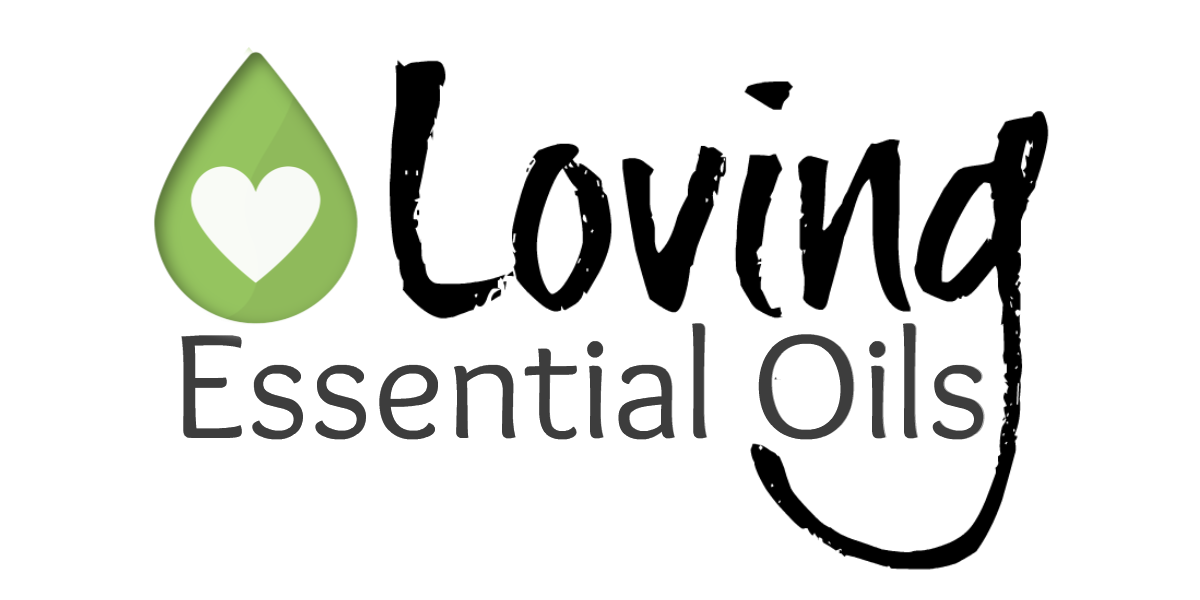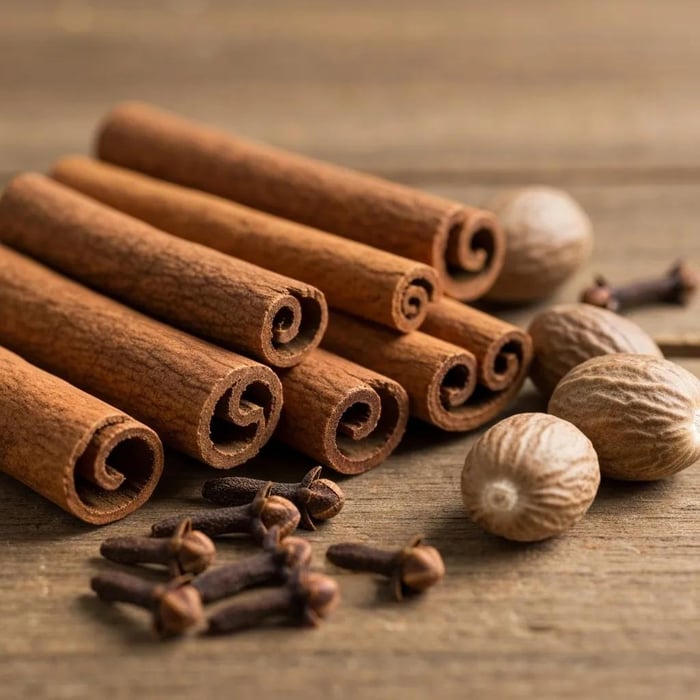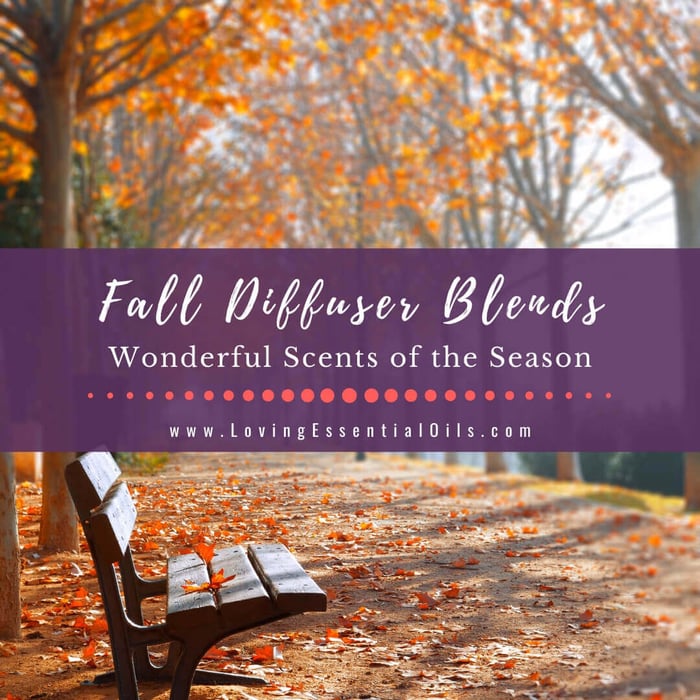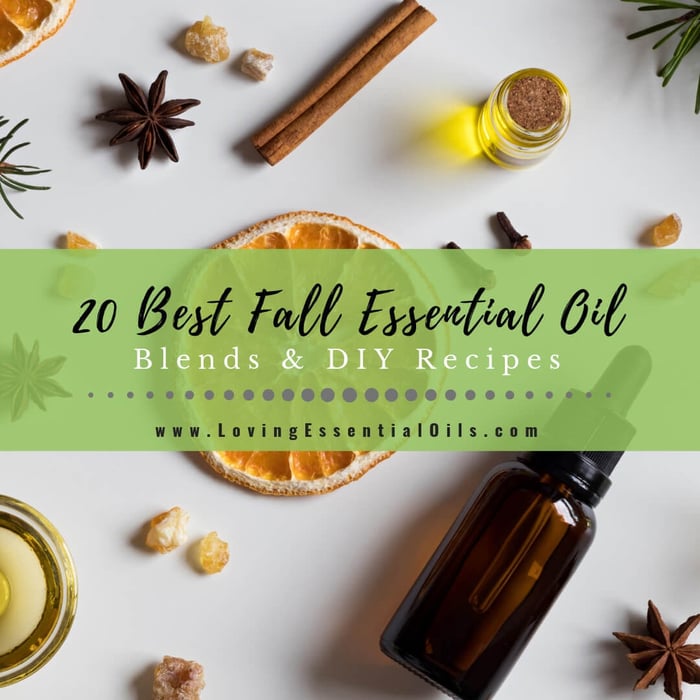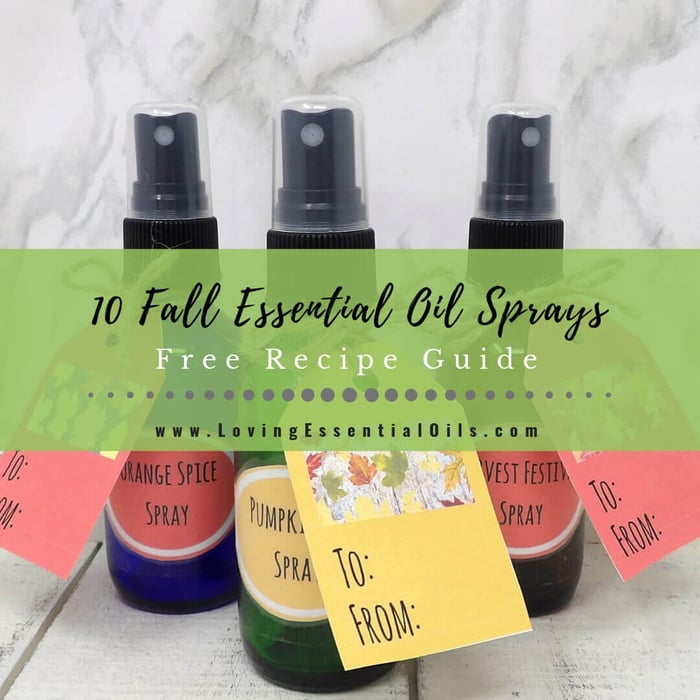Table of Contents
- What Determines the Scent Strength and Aroma Profiles of Fall Essential Oils?
- How Do Top, Middle, and Base Notes Influence Essential Oil Aroma Strength?
- What Chemical Compounds Shape the Scents of Cinnamon, Clove, and Nutmeg?
- What Are the Scent Characteristics and Benefits of Cinnamon Essential Oil?
- How Would You Describe Cinnamon Essential Oil’s Warm, Spicy, and Sweet Aroma?
- What Are the Key Therapeutic Benefits of Cinnamon Essential Oil?
- DIY Recipes with Cinnamon Essential Oil for Fall Aromas
- What Safety and Dilution Guidelines Should Be Followed for Cinnamon Oil?
- How Does Clove Essential Oil’s Potent Aroma Compare to Other Fall Oils?
- What Are the Fragrance Nuances and Uses of Nutmeg Essential Oil?
- Which Fall Essential Oil Has the Strongest Scent: Cinnamon, Clove, or Nutmeg?
- How Can You Blend Cinnamon, Clove, and Nutmeg for Maximum Fall Aroma?
- What Are Recommended Dilution Ratios for Cinnamon, Clove, and Nutmeg Oils?
- FAQs
- About the Author: Jennifer Lane
The perfect spicy aroma can truly capture the essence of autumn, but not all fall essential oils deliver the same fragrant punch. In this guide, you’ll discover how cinnamon, clove, and nutmeg essential oils differ in scent strength and aromatic profile.
Learn about the chemical components that give them their potency, explore their therapeutic benefits and safety tips, and master DIY recipes that highlight each oil’s signature fall fragrance. By the end, you’ll know exactly which oil offers the most powerful scent and how to blend these warming aromas safely and effectively.
What Determines the Scent Strength and Aroma Profiles of Fall Essential Oils?
Scent strength in essential oils is determined by volatile compound concentration, evaporation rate, and aromatic note structure. This intensity arises from the interplay of the oil’s top, middle, and base notes with chemical constituents like cinnamaldehyde, eugenol, and myristicin, creating a layered fragrance that evolves over time.
How Do Top, Middle, and Base Notes Influence Essential Oil Aroma Strength?
An essential oil’s scent unfolds in three distinct phases: top notes evaporate quickly, middle notes form the heart of the aroma, and base notes provide lasting depth.
- Top Notes: Light, fresh compounds like citral are the first to diffuse, creating an immediate impression.
- Middle Notes: Heart notes such as eugenol in clove sustain the warmth and fullness of the aroma.
- Base Notes: Heavier molecules like myristicin anchor the scent, providing longevity and projection.
These blending note categories influence both the initial perception and the lasting aroma, dictating how cinnamon, clove, and nutmeg oils perform in a diffuser and beyond.
What Chemical Compounds Shape the Scents of Cinnamon, Clove, and Nutmeg?
The signature aromas of fall essential oils are largely due to their key phytochemicals. For instance, the high cinnamaldehyde content in cinnamon bark oil provides a sharp initial burst that mellows into sweet warmth, setting the stage for comparing clove’s deep spicy impact and nutmeg’s subtle woody undertones.
| Oil | Signature Compound | Role in Aroma |
|---|---|---|
| Cinnamon | Cinnamaldehyde | Delivers warm, spicy cinnamon-bark intensity |
| Clove | Eugenol | Provides rich, penetrating spicy warmth |
| Nutmeg | Myristicin | Offers sweet, woody, slightly herbal notes |
Like cinnamon, clove, and nutmeg oils? Check out our Spicy Diffuser Blends featuring these essential oils and more fall favorites!
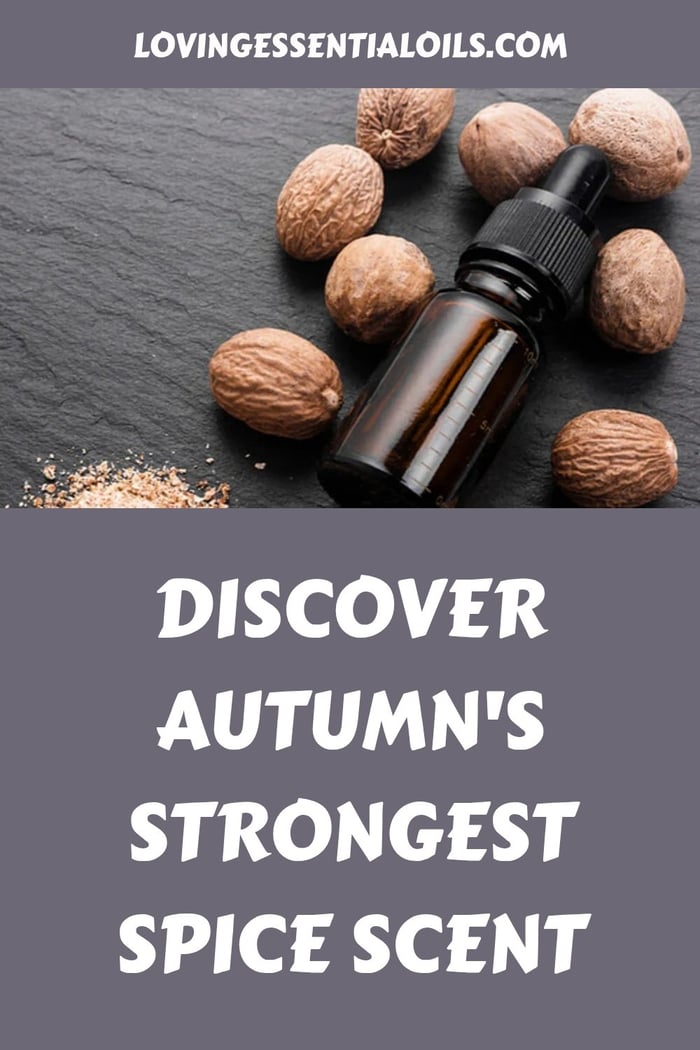
What Are the Scent Characteristics and Benefits of Cinnamon Essential Oil?
Cinnamon Essential Oil, steam-distilled from the bark of Cinnamomum zeylanicum, offers a robust, spicy fragrance that invigorates the senses and supports overall well-being. Its high cinnamaldehyde content not only defines its warm, sweet-spicy aroma but also contributes to its antibacterial and anti-inflammatory properties.
Cinnamon can also be extracted from the leaf. Cinnamon leaf essential oil has a subtle spice aroma, best for using in topical blends calling for cinnamon. Cinnamon bark is a stronger, more potent choice for aromatherapy during the fall season.How Would You Describe Cinnamon Essential Oil’s Warm, Spicy, and Sweet Aroma?
Cinnamon Essential Oil greets the senses with a fiery top note that quickly softens into a smooth, honey-like sweetness and a deep, woody warmth. The oil’s volatility creates an immediate aromatic burst that settles into a lingering, cozy ambiance, perfect for autumn evenings.
What Are the Key Therapeutic Benefits of Cinnamon Essential Oil?
The therapeutic benefits below make cinnamon oil a versatile addition to diffuser blends and inhalers for seasonal wellness. Try our Cinnamon Essential Oil Blends.
Here are the ways cinnamon supports health:
- Antibacterial Support: Cinnamaldehyde works by disrupting bacterial cell walls.
- Anti-Inflammatory Action: It helps moderate inflammatory mediators, promoting joint comfort.
- Immune System Boost: It encourages circulation and supports the body's natural defenses.
Cinnamon Essential Oil Antibacterial Properties
Cinnamon essential oil has demonstrated significant antibacterial activity against various bacterial strains, including Escherichia coli and Staphylococcus aureus. Research indicates that cinnamon oil can inhibit the growth of these bacteria, and when used in conjunction with certain antibiotics, it may exhibit synergistic effects, potentially allowing for reduced antibiotic dosages.
Journal of Human Environment and Health PromotionDIY Recipes with Cinnamon Essential Oil for Fall Aromas
Cozy Cinnamon Diffuser Blend
- 3 drops Cinnamon Essential Oil
- 3 drops Sweet Orange Essential Oil
- 1 drop Clove Essential Oil
Spiced Room Diffuser Blend
- 3 drops Cinnamon Essential Oil
- 3 drops Frankincense Essential Oil
Warm-Spice Inhaler
- 4 drops Cinnamon Essential Oil
- 3 drops Nutmeg Essential Oil
- 3 drop Ginger Essential Oil
What Safety and Dilution Guidelines Should Be Followed for Cinnamon Oil?
Cinnamon Essential Oil is considered a “hot oil” and can be prone to skin irritation and sensitivity. Using cinnamon bark aromatically is best practice. Use cinnamon leaf essential oil for topical blends at a 0.6% dilution. Always perform a patch test before any topical application. Avoid contact with sensitive areas like the eyes and mucous membranes.
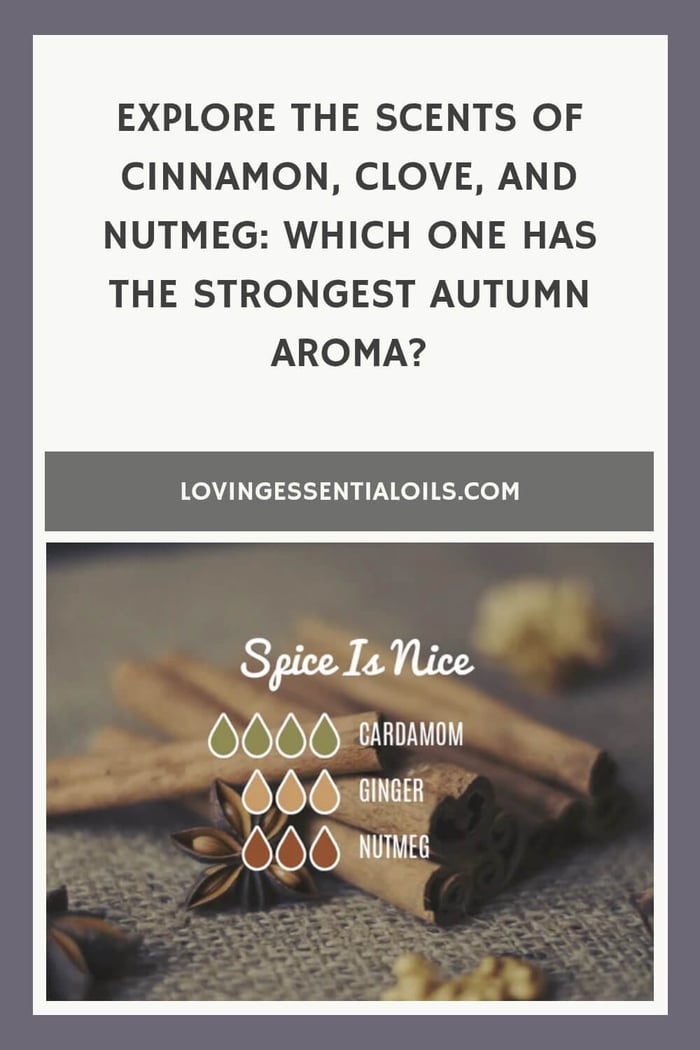
How Does Clove Essential Oil’s Potent Aroma Compare to Other Fall Oils?
Clove Essential Oil, extracted from the flower buds of Syzygium aromaticum (formerly Eugenia caryophyllata), possesses an exceptionally strong aroma driven by its high eugenol content. This compound gives clove oil its deep, spicy-warming character, which often surpasses cinnamon and nutmeg in both intensity and diffuser projection.
What Are the Rich, Spicy, and Warming Scent Characteristics of Clove Oil?
Clove Essential Oil emits a bold, clove-bud spice note with a sharp, peppery edge that quickly settles into a heady, warm resonance. The oil’s robust middle and base notes create an enveloping presence, making it an excellent foundation for fall diffuser blends.
What Benefits Does Clove Essential Oil Provide for Health and Wellness?
Clove Essential Oil offers multifaceted wellness support:
- Pain Relief: Eugenol provides natural analgesic effects, easing muscle or joint discomfort.
- Oral Health: It helps inhibit oral bacteria and soothes gum irritation.
- Immune Boost: It stimulates circulation and supports respiratory comfort.
DIY Clove Essential Oil Recipes That Maximize Its Strong Aroma
Here are a few favorite fall blends with clove. Learn more about this oil in our complete guide on clove essential oil recipes.
Invigorating Diffuser Blend
- 2 drops Clove Essential Oil
- 3 drops Cinnamon Essential Oil
- 2 drops Sweet Orange Essential Oil
Warming Inhaler Stick
- 4 drops Clove Essential Oil
- 3 drops Black Pepper Essential Oil
- 3 drop Peppermint Essential Oil
What Safety Precautions Are Essential When Using Clove Oil?
Clove Essential Oil requires careful handling:
- Dilute clove oil to no more than 0.5% (1 drop per 10 ml of carrier oil).
- Avoid use on sensitive skin or for children under 6 years old.
- Do not apply undiluted or near mucous membranes.
These precautions are crucial for maintaining comfort and skin integrity, naturally leading us to explore nutmeg’s gentler aroma.
What Are the Fragrance Nuances and Uses of Nutmeg Essential Oil?
Nutmeg Essential Oil, derived from the seeds of Myristica fragrans, presents a balanced profile of sweet, spicy, woody, and warm notes. Its moderate myristicin concentration results in a smooth, inviting aroma that complements stronger fall oils and contributes to stress relief and digestive support.
How Is Nutmeg Essential Oil’s Sweet, Spicy, Woody, and Warm Aroma Described?
Nutmeg Essential Oil offers a soft top note with subtle floral sweetness, transitions into a warm peppery heart, and concludes with a soothing woody-earthy base. This balanced volatility makes nutmeg oil an ideal middle note for rounding out bold cinnamon and clove blends.
What Are the Therapeutic Benefits of Nutmeg Essential Oil?
Nutmeg Essential Oil supports well-being through:
- Stress Reduction: It helps calm the mind and promote relaxation.
- Digestive Aid: It eases occasional indigestion and gas discomfort.
- Skin Health: It provides gentle warmth in topical blends to support circulation.
DIY Recipes with Nutmeg Essential Oil for Fall Scents
Autumn Spice Diffuser Blend
- 2 drops Nutmeg Essential Oil
- 2 drops Cedarwood Essential Oil
- 3 drops Bergamot Essential Oil
Comforting Roller Blend
- 2 drops Nutmeg Essential Oil
- 4 drops Lavender Essential Oil
- Fractionated coconut oil to fill a 10 ml roller
Cozy Inhaler Blend
- 4 drops Nutmeg Essential Oil
- 4 drops Orange Essential Oil
- 2 drops Clove Essential Oil
What Safety and Dilution Guidelines Apply to Nutmeg Essential Oil?
Nutmeg Essential Oil should be handled with care:
- Dilute nutmeg oil at 0.8% (1-2 drops per 10 ml of carrier oil).
- Use sparingly and keep away from young children.
- Always conduct a patch test before broader topical application.
These guidelines ensure that nutmeg’s moderate scent and therapeutic benefits can be enjoyed without causing sensitivity.
Fall Essential Oils Guide - DIY Recipes
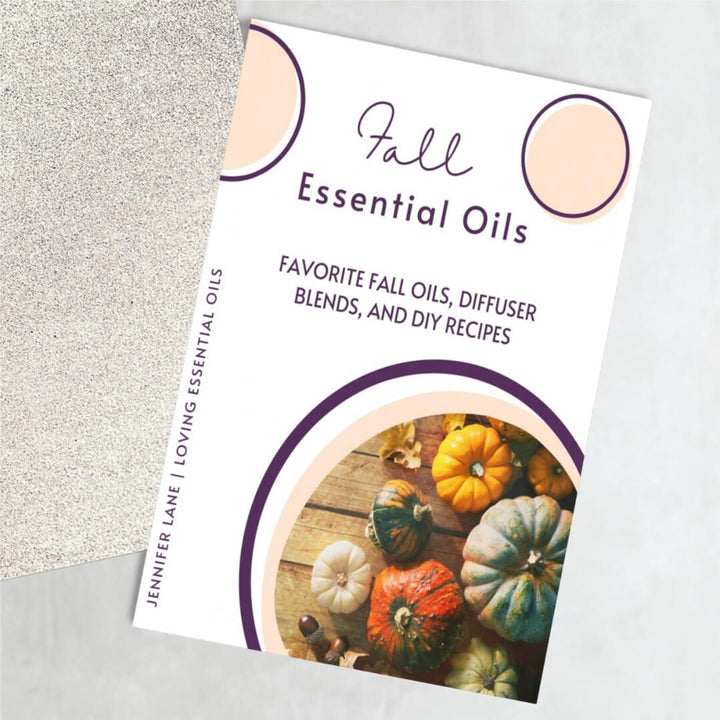
$ 2.99
Fall is here and it's the perfect time to get cozy with essential oils. Whether you're looking for something comforting or need a pick-me-up, essential oils are can help. Get our Fall Essential Oils Guide filled with ideas and recipes… Read More
Which Fall Essential Oil Has the Strongest Scent: Cinnamon, Clove, or Nutmeg?
A direct comparison of aroma intensity, influenced by volatile compound levels and note structure, reveals a clear hierarchy. Clove Essential Oil leads with a very strong, penetrating scent, cinnamon follows closely with a warm-spicy profile, and nutmeg registers moderate strength.
This ranking reflects both the initial impact and the lasting projection, guiding your choice for maximum fall fragrance.
How Does Clove Essential Oil’s Aroma Strength Outperform Cinnamon and Nutmeg?
Clove’s high eugenol concentration creates a powerful middle-note presence that effectively cuts through ambient air and persists the longest in diffusers. Its intense spicy warmth consistently scores highest in sensory panels and diffuser tests, establishing it as the strongest scented fall oil.
How Do Scent Intensity and Diffuser Projection Differ Among These Oils?
Here is a comparison of cinnamon, clove, and nutmeg:
| Essential Oil | Initial Intensity | Diffuser Projection |
|---|---|---|
| Clove | Very High | Robust room-filling aroma |
| Cinnamon | High | Warm, enveloping aura |
| Nutmeg | Moderate | Subtle, cozy backdrop |
How Can You Blend Cinnamon, Clove, and Nutmeg for Maximum Fall Aroma?
Crafting a powerful fall fragrance involves balancing top, middle, and base notes while leveraging each oil’s unique intensity. By following foundational blending principles and using complementary scents, you can create blends that offer strong projection and lasting warmth.
Fall Spice Inhaler or Diffuser Blend
- 2 drops Cinnamon Essential Oil
- 3 drops Nutmeg Essential Oil
- 3 drops Sweet Orange Essential Oil
- 2 drops Clove Essential Oil
What Are the Principles of Blending Top, Middle, and Base Notes for Fall Scents?
You can create fall blends according to note categories and concentration ratios. Here is how to formulate a fall scent based on blending notes, maximizing both strength and balance.
- Top Note (10–20%): A bright accent, such as citrus, for initial warmth.
- Middle Note (30–50%): The heart of the blend, like cinnamon or clove, for depth.
- Base Note (20–40%): Anchoring warmth from oils like nutmeg or cedarwood for longevity.
Which Complementary Essential Oils Enhance Cinnamon, Clove, and Nutmeg Blends?
- Sweet Orange: Uplifts the blend with bright citrus sweetness.
- Vanilla Oleoresin: Adds a creamy aroma with warmth and coziness.
- Cedarwood: Grounds the blend with its strong woody base.
How Can You Troubleshoot and Improve Weak Essential Oil Scents?
- Check Dilution: Ensure the correct oil-to-water ratio in your diffusers.
- Adjust Oil Quality: Opt for 100% pure essential oils for the best results.
- Increase Middle/Base Notes: Add extra drops of cinnamon or clove for deeper warmth.
- Maintain Diffuser Equipment: Regularly clean reservoirs for optimal atomization.
Implementing these steps will restore strength and longevity.
What Are Recommended Dilution Ratios for Cinnamon, Clove, and Nutmeg Oils?
- Cinnamon Bark Essential Oil: 0.07% for topical use (best to avoid topical use)
- Cinnamon Leaf Essential Oil: 0.6% for topical use (1 drop per 10 ml of carrier oil)
- Clove Essential Oil: 0.5% for topical use (1 drop per 10 ml of carrier oil)
- Nutmeg Essential Oil: 0.8% for topical use (1-2 drops per 10 ml of carrier oil)
Remember these ratios are for using these essential oils on skin. Adhering to these ratios ensures safe application in roller blends and topical application.
FAQs
Can You Use These Fall Oils Safely in Diffusers?
Yes, cinnamon, clove and nutmeg can be safely used in an essential oil diffuser. Maintain the correct water level and avoid continuous operation beyond 30-60 minutes.
In What Ways Is Cinnamon Essential Oil Stronger Than Nutmeg?
Cinnamon Oil’s elevated cinnamaldehyde content delivers a sharper top-note impression and higher volatility compared to nutmeg’s myristicin-driven profile. This results in a more pronounced initial scent and a warm-spicy dry-down that outlasts nutmeg’s subtler woody base.
What Safety Considerations Are Important When Using Strong Fall Essential Oils?
High-intensity oils require disciplined handling to protect your skin, respiratory health, and overall safety. By understanding dilution requirements, application methods, and contraindications, you can enjoy potent fall aromas without experiencing adverse effects.
Why Is Proper Dilution Critical for Cinnamon and Clove Essential Oils?
Cinnamon and clove oils contain potent phenolic compounds that can irritate or sensitize the skin. Dilution moderates their concentration, preventing redness, burning, or allergic reactions while preserving their aromatic benefits and therapeutic actions. For best practice, cinnamon bark essential oils should be avoid for topical use. Cinnamon leaf can be used topically at 0.5% dilution.
Cinnamon, clove, and nutmeg essential oils each offer distinct fall fragrances, but clove stands out with the strongest, longest-lasting aroma, followed by cinnamon’s warm spice and nutmeg’s gentle woody sweetness.
With a clear understanding of scent strength, therapeutic benefits, safety guidelines, and expertly crafted DIY recipes, you’re ready to transform your home into a cozy autumn retreat.
About the Author: Jennifer Lane
Jennifer Lane is a certified aromatherapist and the founder of Loving Essential Oils, a trusted resource dedicated to educating individuals on the safe and effective use of essential oils. With extensive experience in essential oil blending and a passion for natural wellness, Jennifer provides practical guidance and expertly crafted recipes.
Explore Loving Essential Oils’ curated blends, roller bottles, inhalers, and digital aroma guides to bring these vibrant fall scents into your daily routine.
Fall Essential Oils Guide - DIY Recipes

$ 2.99
Fall is here and it's the perfect time to get cozy with essential oils. Whether you're looking for something comforting or need a pick-me-up, essential oils are can help. Get our Fall Essential Oils Guide filled with ideas and recipes… Read More
